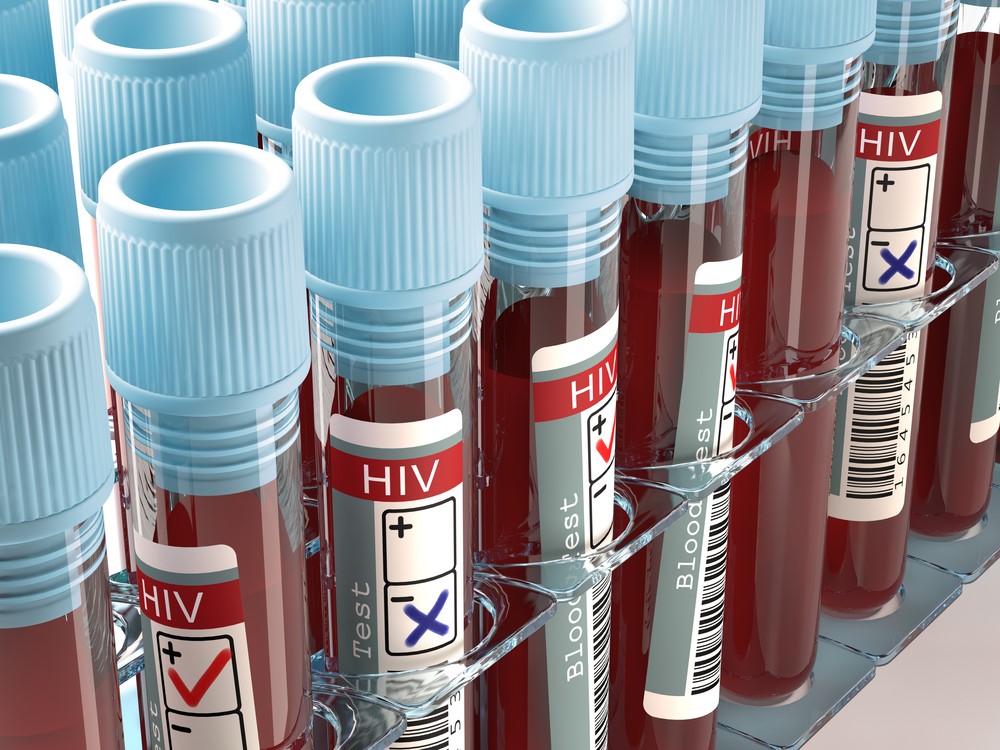The International AIDS Society (IAS) today welcomed an announcement that an HIV-positive man has remained in HIV remission off antiretroviral therapy (ART), 19 months after receiving a bone marrow transplant from a CCR5 negative donor for Hodgkin’s lymphoma.
University College London (UCL) researchers made the announcement at the annual Conference on Retroviruses and Opportunistic Infections (CROI) being held in Seattle, USA, this week.
Though there are some differences, the London case mirrors that of the Berlin Patient, Timothy Brown, who has remained free of HIV and off ART since a bone marrow transplant 12 years ago and, until now, was the only adult considered to be cured of HIV.
“This is the second reported case of prolonged remission off antiretroviral therapy (ART) post bone marrow transplantation from a CCR5 negative donor,” IAS President Anton Pozniak said. “Although it is not a viable large-scale strategy for a cure, it does represent a critical moment in the search for an HIV cure. These new findings reaffirm our belief that there exists a proof of concept that HIV is curable. The hope is that this will eventually lead to a safe, cost-effective and easy strategy to achieve these results using gene technology or antibody techniques.”
In Berlin in 2007, Brown, an HIV-positive man with acute myeloid leukaemia,
received a bone marrow transplant from a donor who was naturally resistant to HIV infection because of a mutation in the CCR5 gene, a critical protein required by HIV to enter and infect cells. Bone marrow from a CCR5 negative donor was also given to the “London Patient”.
Brown stopped ART very soon after transplantation. He has now been free of readily detectable virus in the absence of ART for some 12 years. In other words, he is cured. Brown’s experience suggested that HIV might one day be curable; it fuelled various efforts by researchers and institutions to focus on HIV cure research.
One such effort is the IAS Towards an HIV Cure initiative established in 2012 to promote and facilitate the search for a safe and affordable cure that can be scaled up.
“The so-called London Patient has now been off ART for 19 months with no viral rebound which is impressive, but I would still be closely monitoring his viral load,” Sharon Lewin, IAS Governing Council Member and Co-Chair of the Towards an HIV Cure initiative, said. “However, this is a long time to be in remission off ART’’.
“Coming 10 years after the successful report of the Berlin Patient, this new case confirms that bone marrow transplantation from a CCR5-negative donor can eliminate residual virus and stop any traces of virus from rebounding. Two factors are likely at play – the new bone marrow is resistant to HIV and also the new bone marrow is actively eliminating any HIV-infected cells through something called graft versus host disease. There are similarities with the Berlin Patient case, but there are also differences.”
Mark Dybul, Co-Chair of the Towards an HIV Cure initiative, said: “Despite the great success of ART, there remains a high need for a cure for HIV, especially in low-income settings. This case is as important as it is exciting. There is still more to discover.”




